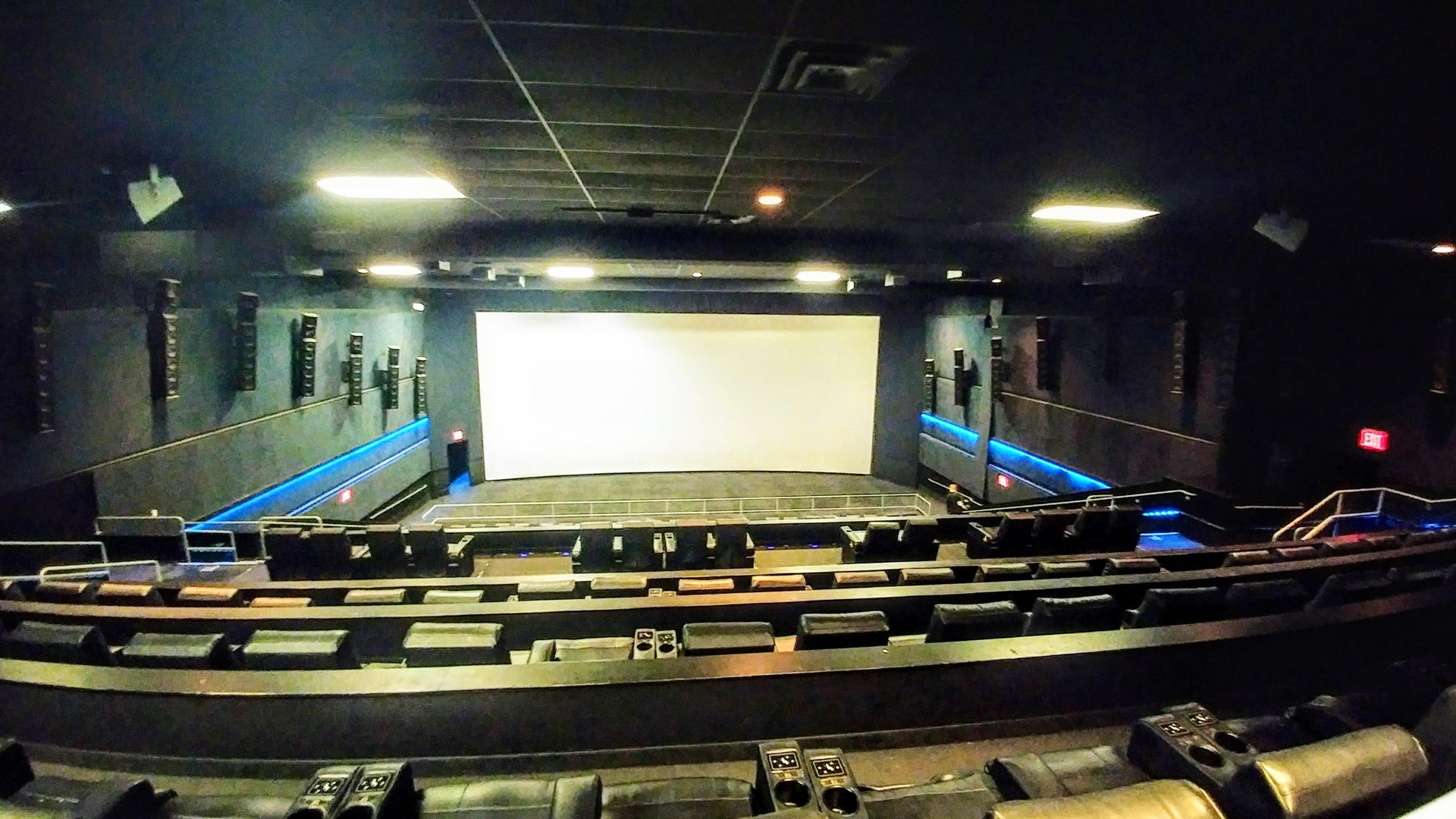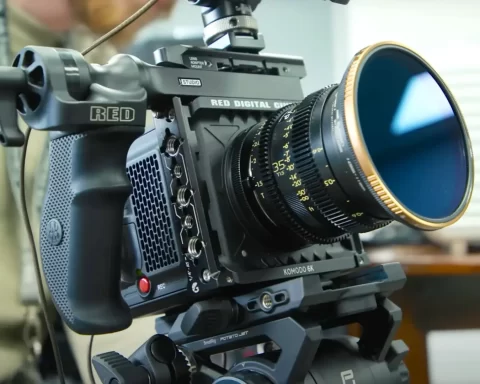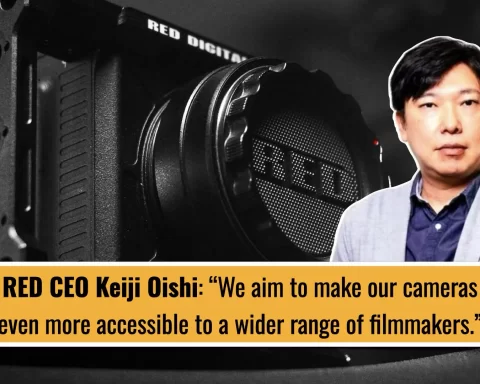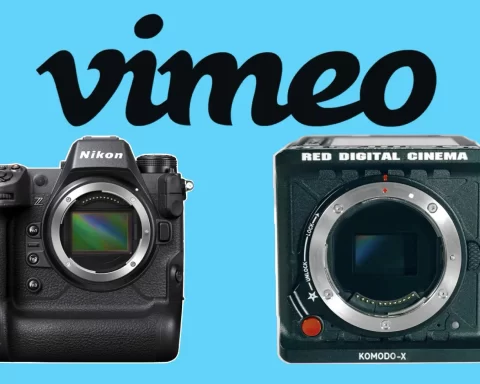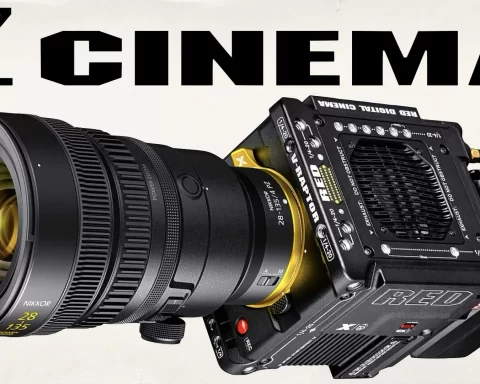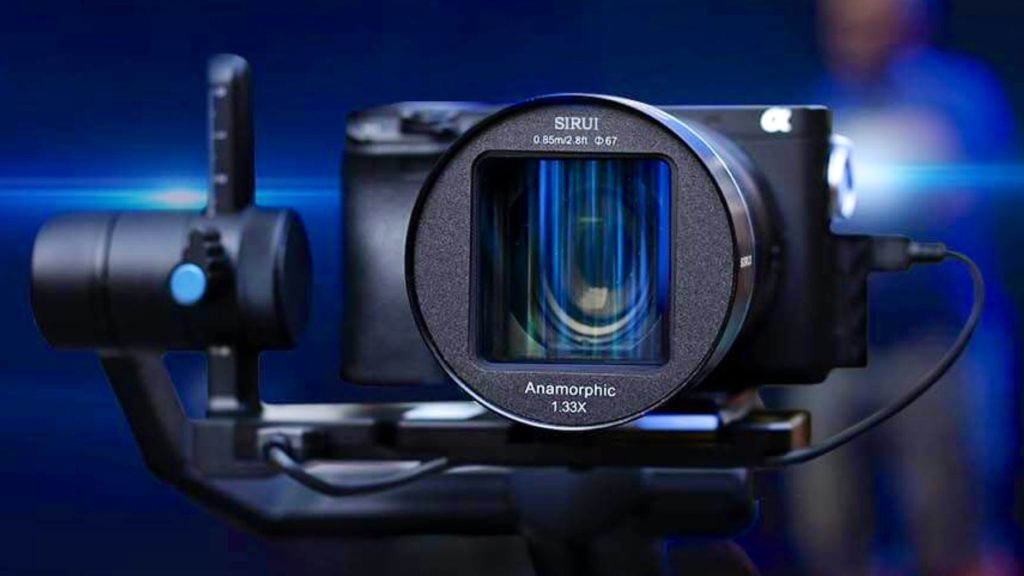Dolby Institute has launched a series of educational tutorials and webinars that teach you how to adapt, improve and deliver your film to one of the most immersive movie experiences out there: the Dolby Vision, which is part of the Dolby Cinema. Scroll down to learn more.
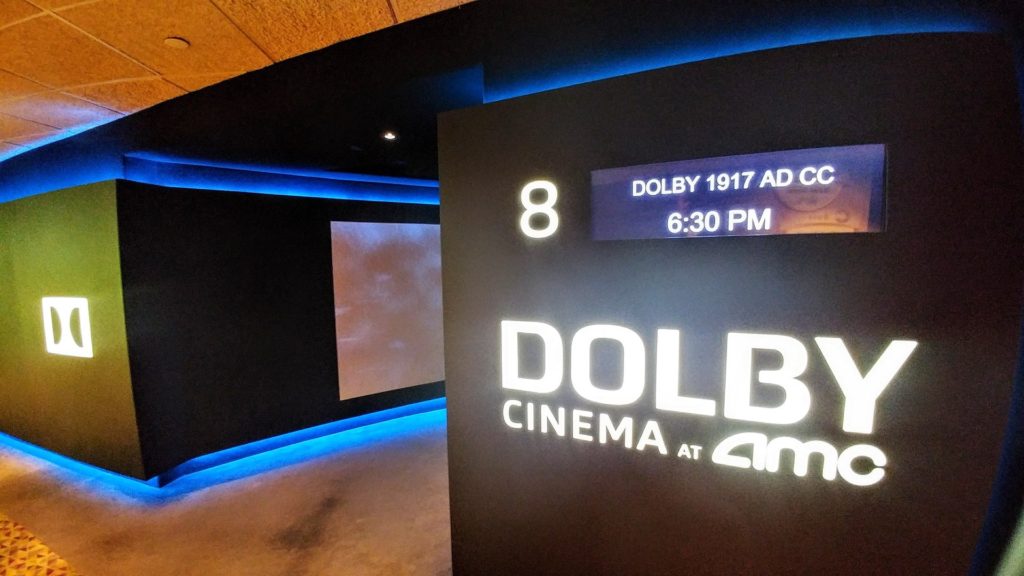
Delivering to premium cinema
Making films for the big screen is great. However, making films for Dolby Vision is another whole ball game. The Dolby Vision can be defined as being a part of an ecosystem for technology solution called Dolby Cinema. The Dolby Cinema is a premium cinema created by Dolby Laboratories (or just Dolby) that combines Dolby proprietary technologies such as Dolby Vision and Dolby Atmos, as well as other signature entrance and intrinsic design features. The technology competes with IMAX, however, they both can’t be compared since they both deliver a whole different experience.
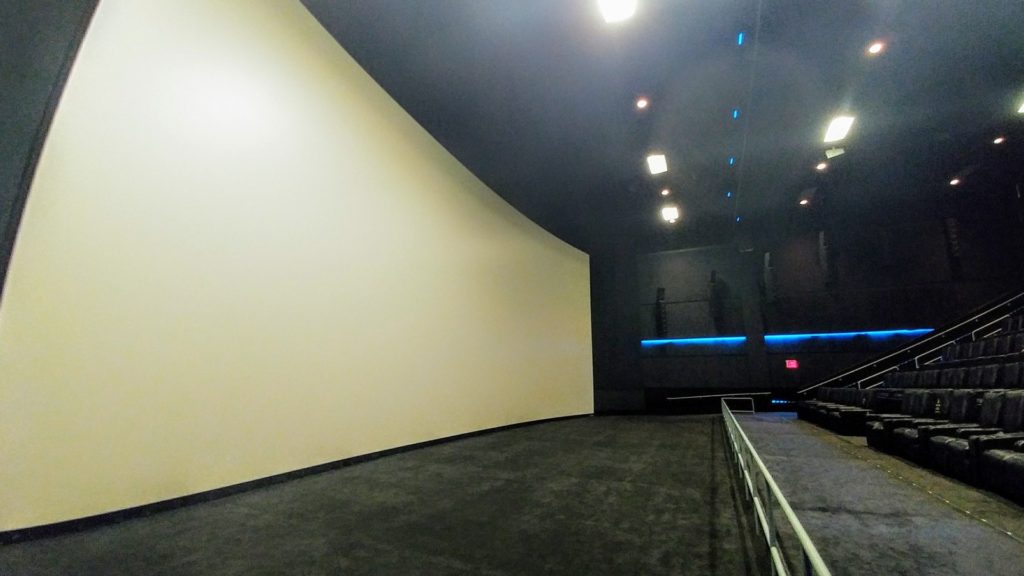
IMAX vs Dolby Cinema
As a digital cinema magazine, we are fascinated by the IMAX technology. We wrote a vast amount of articles regarding IMAX filmmaking and how it’s like to deliver your film for the huge canvas. However, we haven’t talked about Dolby Cinema yet. Many don’t distinguish between IMAX to Dolby. Both to them look amazing. However, these are completely different formats of visuals and sound experience. Without getting deep into technical definitions, we can facilitate the understanding by comparing those two screening experiences from the audience’s point of view.
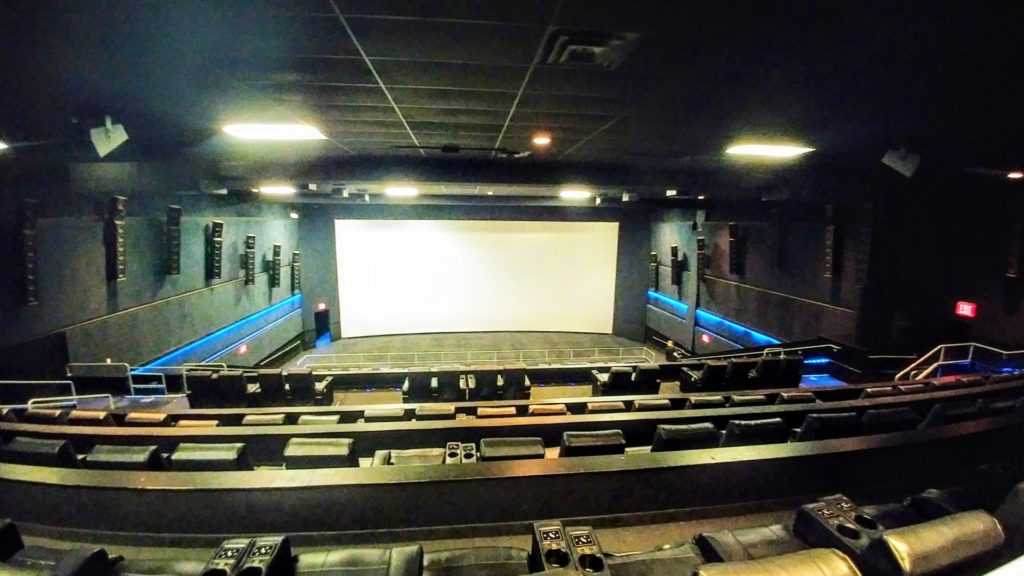
IMAX for size, Dolby for sounds and pictures
IMAX is the bigger screen. Shooting for IMAX demands meticulous and focus preparation from the pre-production phase since specific cameras are being used for optimal delivery of the IMAX experience. IMAX technology also allows for enhanced audio capabilities.
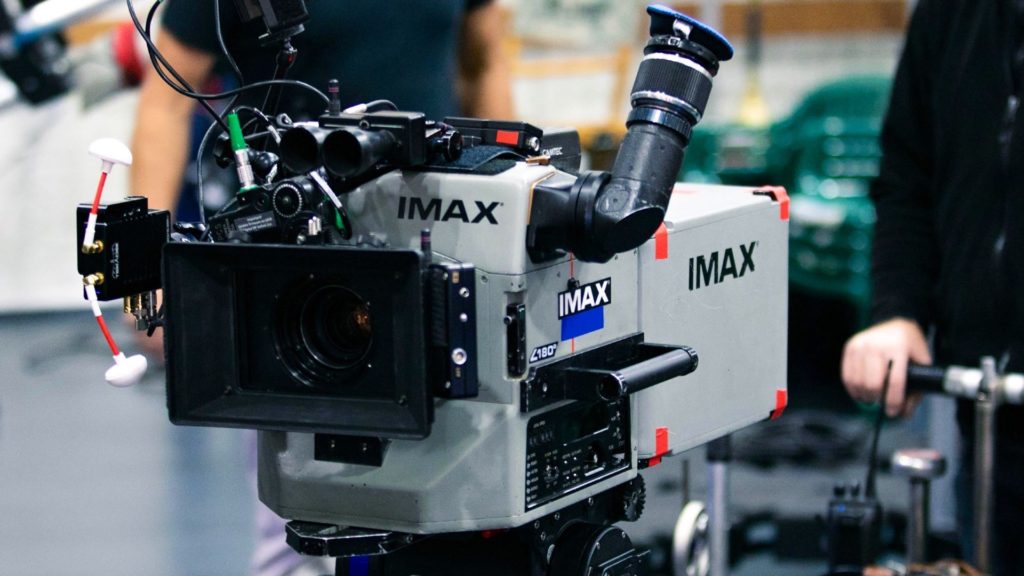
Dolby Cinema, on the other hand, is a smaller screen but characterized by a more immersive audio technology. Dolby Vision, which is a technology segment from the whole Dolby Cinema ecosystem, has higher contrast, more color depth, and higher the brightness. Furthermore, Dolby Atmos is a technology segment of Dolby that deals with sounds. For instance, if a theater claims for the “Dolby Atmos” experience, it is using Dolby Atmos for sound but conventional projection system. And if a theater claims the “Dolby Cinema” experience, it is using both Dolby Atmos and Dolby Vision, which means enhanced visuals and sounds.
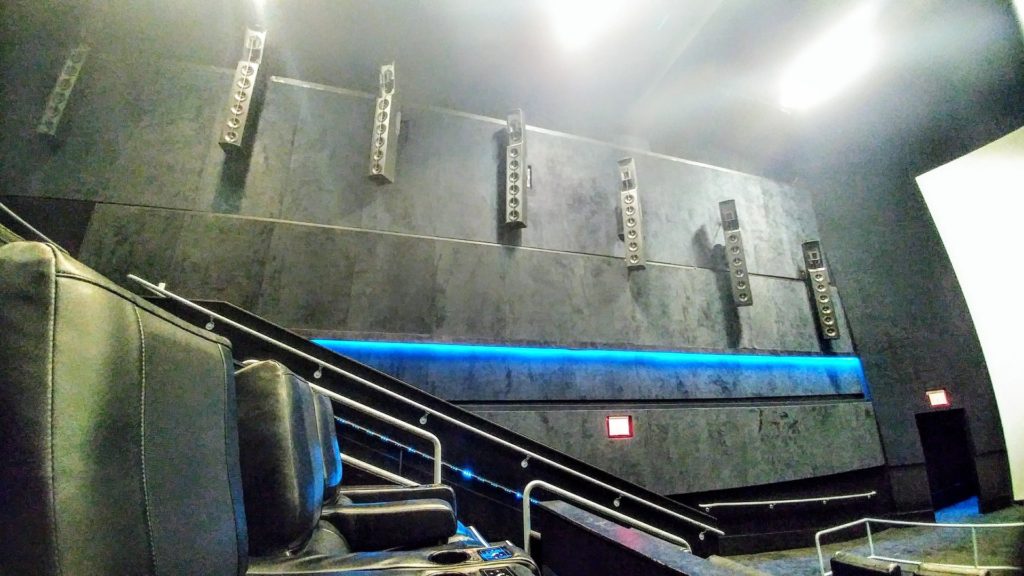
If you have an option to choose between two, always go to Dolby Cinema. However, if you’re thrilled by the huge canvas, go for the IMAX. It’s important to mention that the most significant difference between IMAX and Dolby Cinema, is the HDR (High Dynamic Range). Basically, Dolby Vision projection technology is dedicated to the best HDR images that can be utilized in theaters.
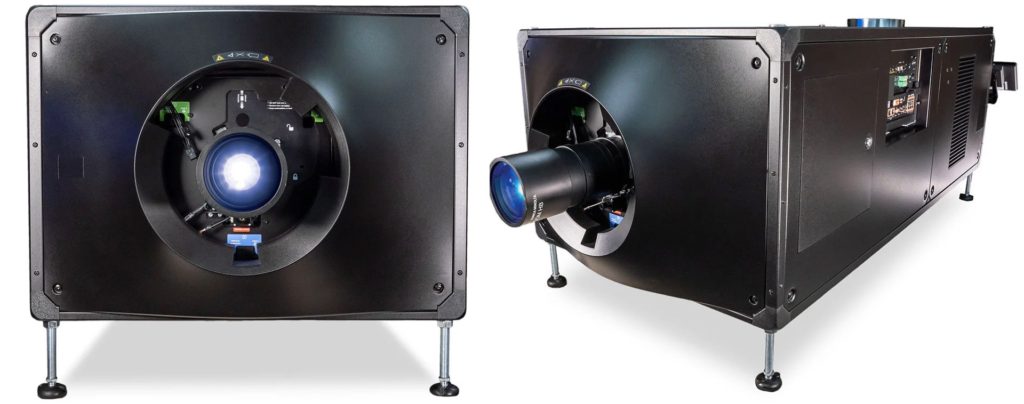
Dolby Vision
As explained, Dolby Vision is content mastering and delivery format that supports both high dynamic range (HDR) and wide color gamut (ITU-R Rec. 2020 and 2100) at all stages from content creation and production to transmission and playback. Thus, you need to get educated on what is the best correct way to shoot for a Dolby Vision theater, so your content will be utilized optimally by this technology. Fortunately, The Dolby Institute Tutorial Series got you covered with 12 tutorials plus dedicated videos focused on specific cameras that can produce HDR imagery (RED for instance).
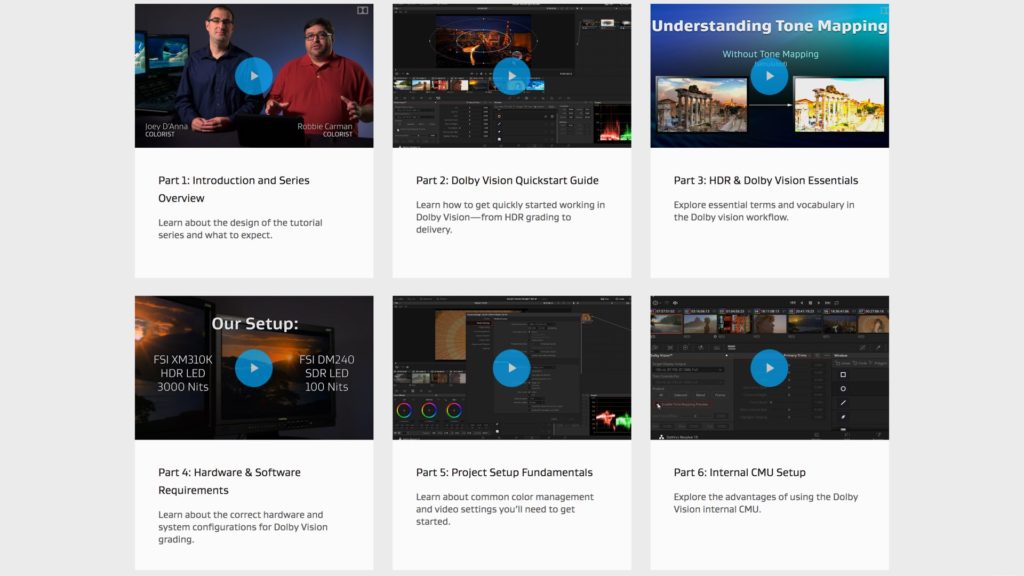
Whether you’re a young artist posting your first homemade video to YouTube, a filmmaker premiering your first movie at a film festival, or a writer working on a hit television show, the Dolby Institute is a resource for you on topics about sound and picture.
Dolby
The Dolby Institute was created to help filmmakers think critically and creatively about audio and imaging from the beginning of the creative process. As stated by Dolby: “Whether you’re a young artist posting your first homemade video to YouTube, a filmmaker premiering your first movie at a film festival, or a writer working on a hit television show, the Dolby Institute is a resource for you on topics about sound and picture”. Also, “The Dolby Institute engages artists by providing education, inspiration, and support throughout the creative process,” says Glenn Kiser, Director, Dolby Institute. “We encourage thinking creatively about sound and visuals as storytelling tools from the beginning”.
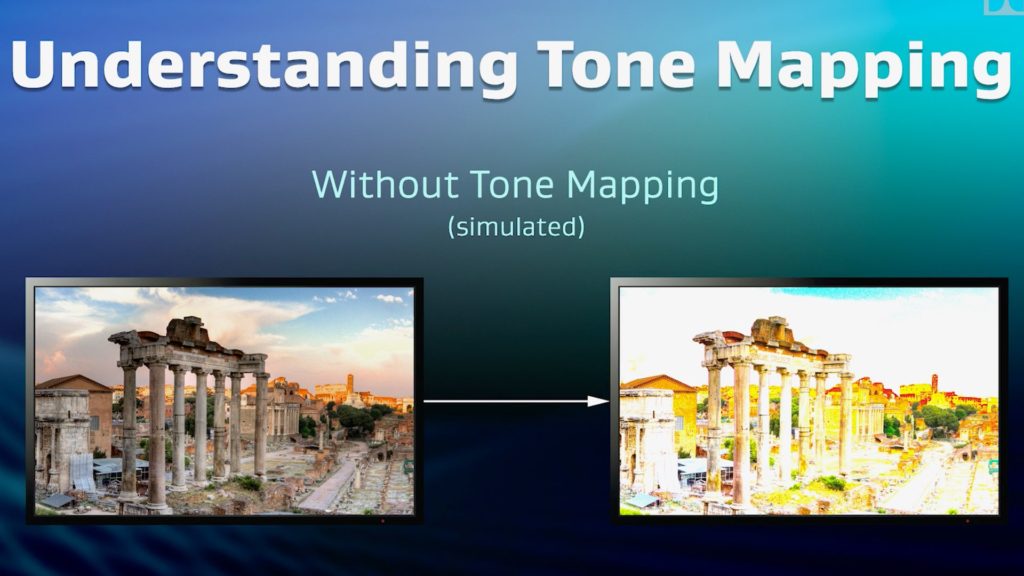
We encourage thinking creatively about sound and visuals as storytelling tools from the beginning
Glenn Kiser, Director, Dolby Institute
Dolby Vision post-production and delivery workflows
This 12-part series will guide you through the essentials of Dolby Vision post-production and delivery workflows, especially concerning HDR, and understand how productions of all types and sizes can leverage the power of Dolby Vision.
This series includes modules on a range of topics:
- Getting started with Dolby Vision
- HDR & Dolby Vision Essentials
- HDR grading (with DaVinci Resolve)
- Hardware and Software requirements
- Quality Control and delivery
All of these tutorials are short, effective, and free for watching. Click this link to get to the videos.
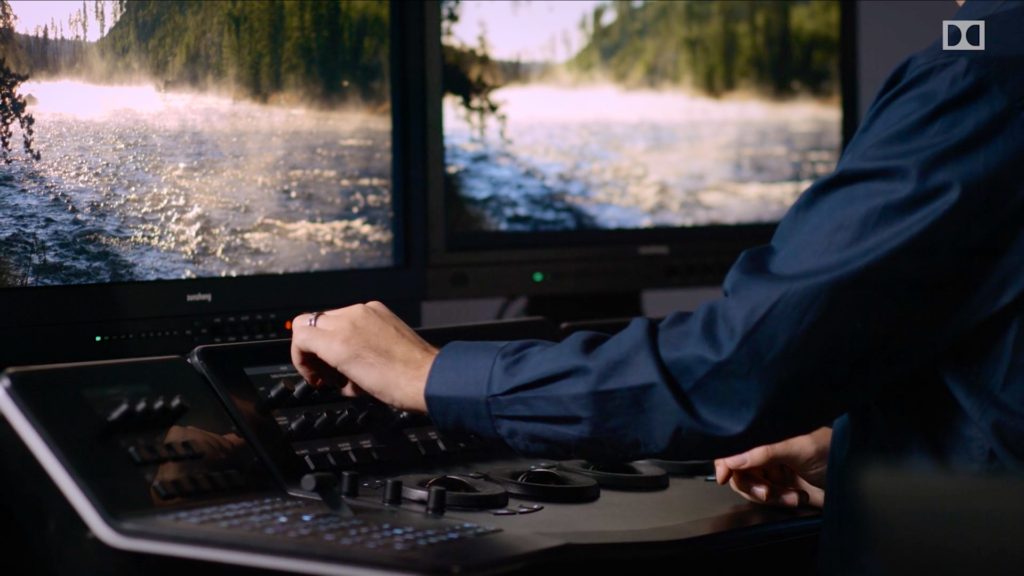
Dolby and RED Webinar Series
Recently Dolby has announced on a new webinar with RED Digital Cinema, focuses on working with HDR – from set to screen. The webinar is free and very educational. The series deals with HDR content creation processes, workflows, and more relevant topics. Furthermore, the webinar is designed to demystify HDR for production and delivery and to provide practical considerations for working from on-set to post-production. Click here to watch it for free.
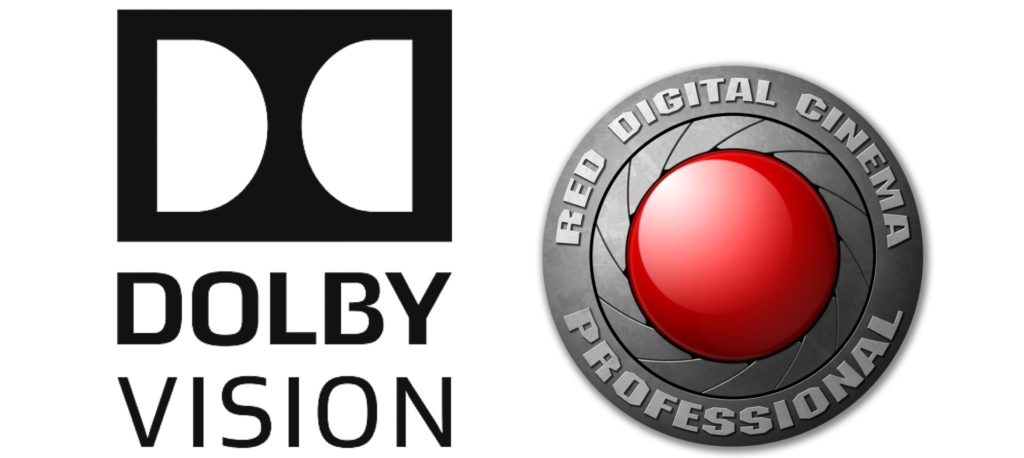
Wrapping up
HDR is being a hot jargon for some time, no doubt about it. Cinema cameras are capable of producing HDR imagery which is so important for the whole screening experience. However, it’s recommended to acquire a piece of specific knowledge in order to execute your content to meet more precisely Dolby Vision requirements. Thus, this kind of education is always welcomed.
Have you been working on an HDR content? Are you willing to deliver your film to a Dolby Vision theater? Let’s know your thoughts about this.
